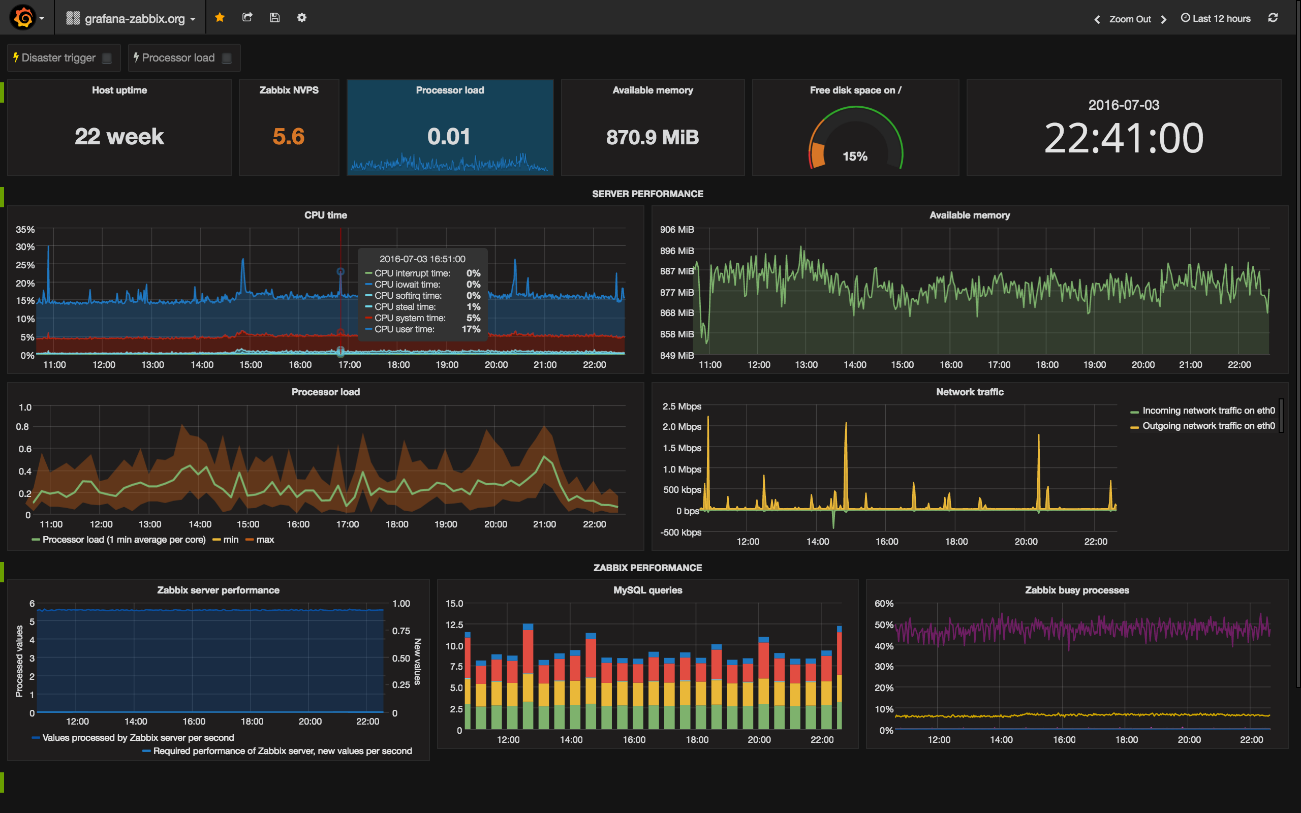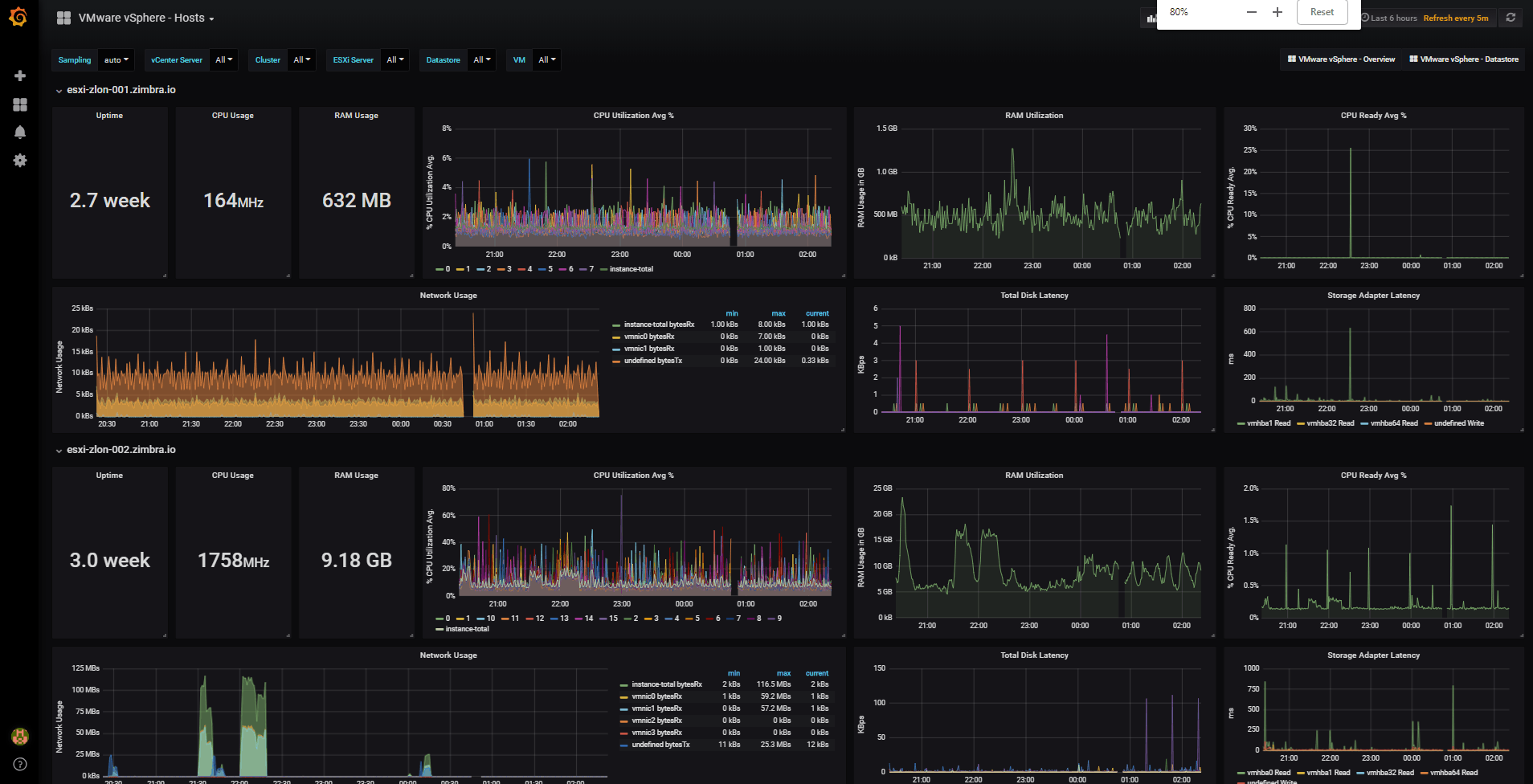
You can find many examples from various industries on our Success stories and case studies page. Thousands of businesses use Grafana dashboards to visualize their customer acquisition flows, supply chains, and operations. There is also a demonstration of drill down links at the bottom of this dashboard on. This is usually implemented using dashboard links, data links and URL variables. You would then have a second-level dashboard, which shows more detailed metrics about a subset of an infrastructure or a single component instance. An overview dashboard displays aggregated metrics for an entire infrastructure or service. In Grafana, drill downs from aggregated views to detailed views are implemented by linking between different Grafana dashboards. Grafana Labs VP Technology and “Grafana’s Big Tent” podcast host Tom Wilkie describes the USE and REDS methods more in-depth in this GrafanaCon EU 2018 blog post and the video linked therein. Designating Grafana dashboards as “USE” and “REDS” in their title can also help find the right dashboard in a given context. By standardizing dashboards across an organization using those methodologies, operators can interpret dashboards across different teams efficiently.
GRAFANA DASHBOARD SERIES
They are visually very simple and uniform, mostly made up of time series panels. The USE and REDS dashboards are particularly useful for site reliability engineers.

REDS dashboards tell you how your services are performing and are a good proxy for your users’ experience. The REDS metrics (requests, errors, duration, saturation - also known as the Four Golden Signals) are service-oriented, and they are also likely the ones you will want to alert on. They help you understand how your machines are doing and what the cause of a problem might be. The USE metrics (utilization, saturation, errors) are oriented towards hardware resources of your infrastructure. These Grafana dashboards are built on the USE and REDS methods.

I’m also hoping this comprehensive list can help you think of more new things you can do with Grafana!Īlso, though we are at capacity for our upcoming “ Extreme Grafana Dashboard Makeover Hands-on Workshop” during GrafanaCONline 2022, you can join our waitlist and get notified if a slot opens up and when we host future workshops. Once you review all the different types of Grafana dashboards, you can choose which categories are relevant to your business processes, people, and teams while also keeping in mind that some of your categories may overlap between different dashboard types. While I don’t suggest a definitive organizational structure (this always depends on your business, your team’s workflow, and company culture), I’m hoping this Grafana dashboards list can help you think of all the use cases your classification scheme should cover.

In this article, I will list and describe all the different types of Grafana dashboards that currently exist (based on my own research and my past five years of using and supporting Grafana).
GRAFANA DASHBOARD HOW TO
It’s not obvious how to use them efficiently. You can’t create subfolders, only first-level folders.


 0 kommentar(er)
0 kommentar(er)
